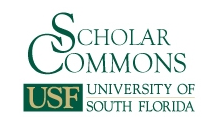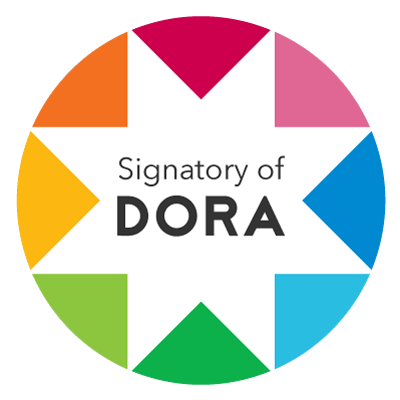Abstract
Since the Guatemalan genocide against Maya populations (1981-1983), domestic and international human rights groups have organized truth commissions, forensic exhumations, and legal cases. These efforts to secure justice have achieved minimal success, prompting a reconsideration of the relationship among narrative testimony, visual testimony, and institutional standards of truth. Engaging the ideas of visual studies scholar, Nicholas Mirzoeff, I argue for the political importance of testimony that is critical of such standards, including those enforced by human rights’ legal paradigm. Following Mirzoeff’s understandings of “visuality” and “countervisuality,” I analyze “visual testimony” as that which acknowledges the dynamic interplay between word and image, as well as various power relations. More specifically, I explore how genocide survivor Rigoberta Menchú and performance artist Regina José Galindo employ this type of testimony to express rage, which I associate with witnesses’ right to testify on their own terms, beyond institutional processes and imperatives.
DOI
https://doi.org/10.5038/1911-9933.12.2.1529
Recommended Citation
Schauwecker, Lacey M.
(2018)
"“You Could See Rage”: Visual Testimony in Post-Genocide Guatemala,"
Genocide Studies and Prevention: An International Journal:
Vol. 12:
Iss.
2:
18-34.
DOI:
https://doi.org/10.5038/1911-9933.12.2.1529
Available at: https://digitalcommons.usf.edu/gsp/vol12/iss2/4
Creative Commons License

This work is licensed under a Creative Commons Attribution-Noncommercial 4.0 License
Included in
Latin American Languages and Societies Commons, Modern Literature Commons, Visual Studies Commons



